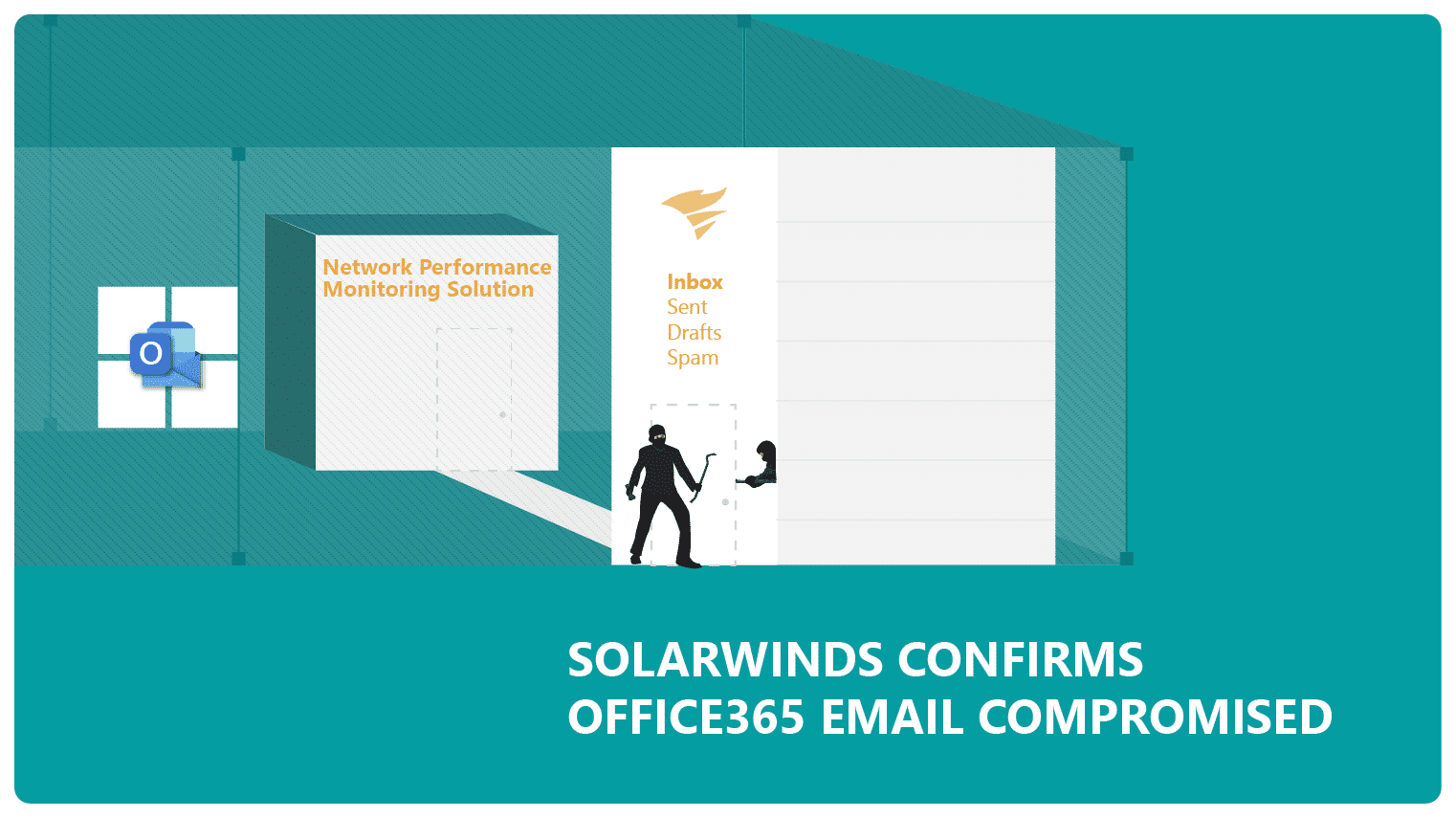Office365 Security: Millions Stolen In Executive Email Compromise

Table of Contents
Understanding the Threat of Executive Email Compromise (EEC)
How EEC Attacks Work
EEC attacks typically begin with highly personalized phishing emails targeting high-level executives. These emails often mimic legitimate communications from trusted sources, such as business partners or clients. Attackers use social engineering tactics, exploiting human psychology to manipulate victims into clicking malicious links or downloading infected attachments. Once an executive's account is compromised, attackers can gain access to sensitive information, including financial records, customer data, and intellectual property. They then use this access to initiate fraudulent wire transfers, deploy ransomware, or exfiltrate data for malicious purposes.
The financial impact of EEC attacks is staggering. Reports indicate that the average cost of a successful EEC attack can reach hundreds of thousands, even millions, of dollars. This includes direct financial losses, the cost of incident response, legal fees, and reputational damage.
- Examples of successful EEC attacks and their consequences:
- A CEO's email was compromised, leading to a $1 million wire transfer to a fraudulent account.
- An executive's account was used to send phishing emails to employees, resulting in a ransomware attack that crippled the company's operations.
- Sensitive customer data was exfiltrated after an executive fell victim to a spear-phishing attack.
Vulnerabilities in Office365 Targeted by EEC Attacks
Several vulnerabilities in Office365 can be exploited by attackers executing EEC attacks. These include:
- Weak passwords: Many executives use easily guessable passwords, making their accounts vulnerable to brute-force attacks or credential stuffing.
- Lack of multi-factor authentication (MFA): MFA adds an extra layer of security, making it significantly harder for attackers to access accounts even if they have the password.
- Insufficient employee training: Employees who lack awareness of phishing techniques are more likely to fall victim to sophisticated attacks.
- Unpatched software: Outdated software creates vulnerabilities that hackers can exploit.
Attackers often leverage compromised accounts to access other systems and data within the Office365 environment. For example, they might gain access to SharePoint sites containing sensitive documents or OneDrive accounts storing confidential information. Specific vulnerabilities in Office 365 features like SharePoint and OneDrive are frequently targeted due to their widespread use and potential for data exposure.
Protecting Your Office365 Environment from EEC Attacks
Implementing Strong Authentication and Access Control
Strong authentication and access control measures are crucial for preventing unauthorized access to Office365 accounts.
-
Multi-factor authentication (MFA): MFA is paramount. It requires users to provide multiple forms of authentication, such as a password and a code from a mobile app, before granting access. This significantly increases the security of accounts.
-
Password management best practices: Enforce strong password policies, requiring complex passwords with a minimum length and a mix of characters. Encourage the use of password managers to generate and securely store strong passwords.
-
Least privilege access control: Grant users only the minimum necessary access rights to perform their jobs. This limits the potential damage if an account is compromised.
-
Specific Office365 settings to enable MFA and enforce strong password policies:
- Enable MFA for all users, especially executives.
- Set strong password policies, including minimum length, complexity requirements, and password expiry.
- Regularly review and update user permissions to ensure least privilege access.
Advanced Threat Protection and Security Features in Office365
Microsoft 365 and Office365 offer advanced threat protection features designed to detect and prevent malicious emails and attachments.
-
Anti-phishing: This feature helps identify and block emails that appear to be legitimate but are actually phishing attempts.
-
Anti-malware: This protects against malware and other malicious software embedded in emails or attachments.
-
Data loss prevention (DLP): DLP helps prevent sensitive data from leaving the organization's control.
-
Microsoft Defender for Office 365: This comprehensive security solution provides advanced threat protection, including anti-spam, anti-malware, and anti-phishing capabilities.
-
Key features to configure for enhanced Office365 security:
- Enable advanced threat protection features such as anti-phishing, anti-malware, and safe attachments.
- Configure DLP policies to prevent sensitive data from being shared outside the organization.
- Regularly review and update security settings to ensure they are up-to-date.
Employee Training and Security Awareness
Investing in employee training and security awareness is crucial to mitigating the risk of EEC attacks.
-
Phishing awareness training: Educate employees about phishing scams and social engineering tactics used in EEC attacks. Regular simulated phishing campaigns can help assess the effectiveness of your training programs.
-
Security awareness training programs: Conduct regular training programs to keep employees informed about the latest threats and best practices for protecting their accounts.
-
Reporting suspicious emails: Encourage employees to report any suspicious emails immediately to the IT department.
-
Tips for creating effective employee training programs:
- Use engaging and interactive training materials.
- Conduct regular refresher courses to reinforce key concepts.
- Implement simulated phishing campaigns to test employee awareness.
Conclusion
Executive email compromise attacks pose a significant threat to businesses using Office365, resulting in substantial financial losses and reputational damage. Protecting your organization requires a multi-layered approach encompassing strong authentication, advanced threat protection features, and comprehensive employee training. By implementing the security measures discussed—multi-factor authentication (MFA), robust password policies, advanced threat protection in Office365, and regular security awareness training—you can significantly reduce your risk of falling victim to an EEC attack and safeguard your valuable data. Don't wait until it's too late – bolster your Office365 security today.

Featured Posts
-
 Play Station Showcase 2024 What To Expect After A Two Year Hiatus
May 02, 2025
Play Station Showcase 2024 What To Expect After A Two Year Hiatus
May 02, 2025 -
 Ripple Xrp And The Sec A Turning Point For Crypto Etf Implications Analyzed
May 02, 2025
Ripple Xrp And The Sec A Turning Point For Crypto Etf Implications Analyzed
May 02, 2025 -
 Net Ziaire Williams Seizing His Second Chance In The Nba
May 02, 2025
Net Ziaire Williams Seizing His Second Chance In The Nba
May 02, 2025 -
 Newsround Tv Times Bbc Two Hd Channel
May 02, 2025
Newsround Tv Times Bbc Two Hd Channel
May 02, 2025 -
 Mini Camera Chaveiro Pequena Discreta E Muito Popular
May 02, 2025
Mini Camera Chaveiro Pequena Discreta E Muito Popular
May 02, 2025
Latest Posts
-
 Energy Policy Overhaul Guido Fawkes On The Revised Direction
May 03, 2025
Energy Policy Overhaul Guido Fawkes On The Revised Direction
May 03, 2025 -
 Guido Fawkes Energy Policy Reform A Shift In Direction
May 03, 2025
Guido Fawkes Energy Policy Reform A Shift In Direction
May 03, 2025 -
 Will Reform Uks Policies Benefit Uk Farmers An In Depth Look
May 03, 2025
Will Reform Uks Policies Benefit Uk Farmers An In Depth Look
May 03, 2025 -
 Reform Uk And Agriculture Assessing Their Policies And Potential Impact
May 03, 2025
Reform Uk And Agriculture Assessing Their Policies And Potential Impact
May 03, 2025 -
 Farmings Future Can Reform Uk Be Trusted To Deliver
May 03, 2025
Farmings Future Can Reform Uk Be Trusted To Deliver
May 03, 2025
